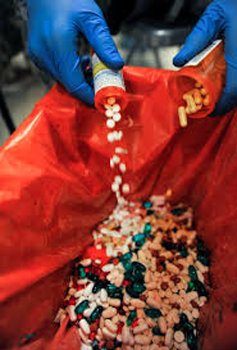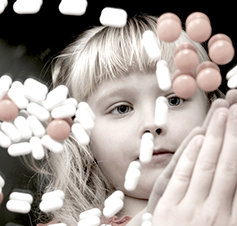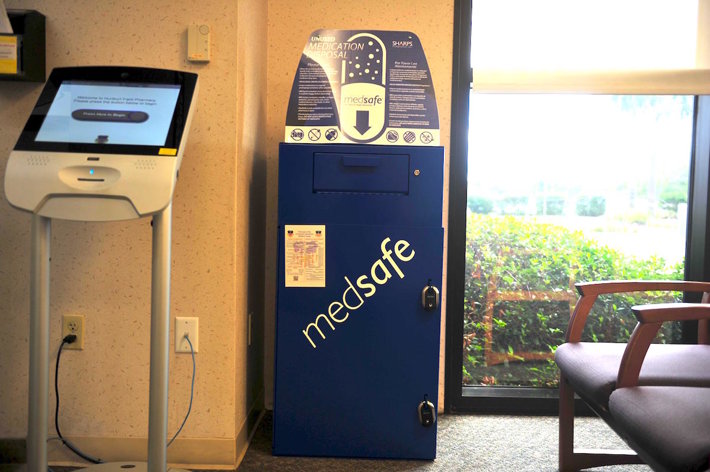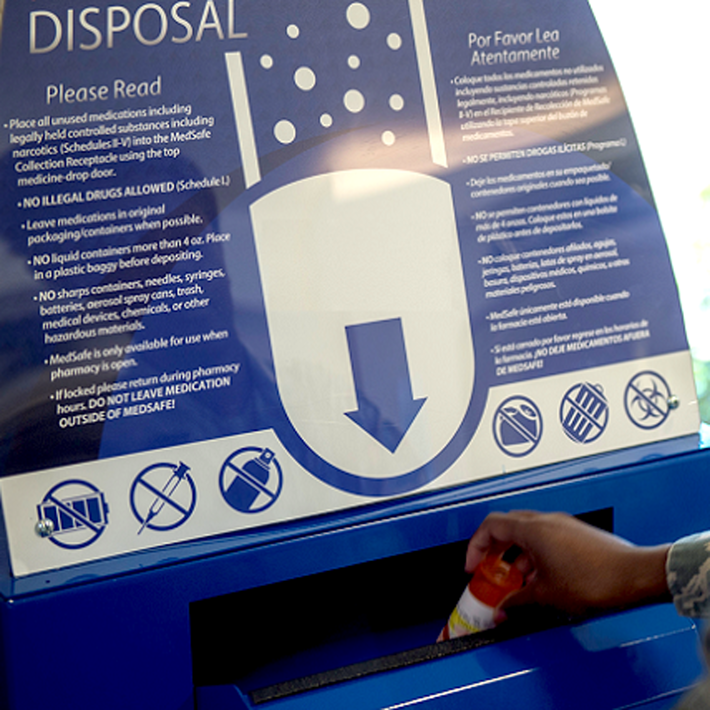Prescription Drug Take-Back Programs

It’s easy to get swept up talking about the horrendous morass of difficulty and unpleasantries that come with our country’s drug addiction epidemic. There is certainly enough bad news to go around. But as the media tends to only focus on the bad news and the hardship, let’s talk about the really good things that are being done to reduce the drug problem. Let’s talk about prescription drug take-back programs.
Since 1999, the prescribing of highly addictive and potentially lethal pharmaceutical drugs has increased by more than four-hundred percent. This was particularly noticeable regarding prescription pain relievers, but other drug substances increased in prevalence immensely as well.
However, the need for these drugs did not go up that much. Certainly, it would be folly to suggest that, in just a few years time, the number of Americans struggling with pain increased by more than four-hundred percent.
Massive, rampant, and intensive over-prescribing of highly addictive pharmaceutical drugs resulted in a fair amount of prescription drugs floating around American homes, unused, untouched, and creating a liability.
Unused Pharmaceuticals Present a Danger

According to the Monitoring the Future Survey, more than seventy percent of young people who abuse prescription drugs do not buy them from a dealer. Rather, they get them from a parent’s medicine cabinet, from a friend, a relative, or someone else who has a legitimate prescription for them. Having excess pharmaceutical pain relievers, psychotropic medications, benzodiazepines, antidepressants, etc. lying around the house creates a liability and an unnecessary danger.
Prescription Drug Take-Back Programs are Effective
In the mid-2000s, the Drug Enforcement Administration saw this risk and, in a moment of true brilliance, came up with the idea for “prescription drug take-back programs.” The theory behind prescription drug take-back programs is that these would be funded, non-profit events and locations where anyone could bring in unused pharmaceutical drugs for safe and immediately effective disposal, no questions asked.
In fact, the DEA even went as far as creating a “National Prescription Drug Take-Back Day,” which falls on the last Saturday of every October. Since the DEA created this idea of prescription drug take-back programs, many other, not for profit organizations, community groups, churches, and cities have taken up the program. Even pharmacies have created prescription drug take-back programs within their pharmacies to help reduce the presence of unused pharmaceutical drugs in their communities.

According to Sheila Brocavich, an assistant clinical professor in the College of Pharmacy and Health Sciences at St. John's University:
“…It’s very important for parents to talk with the kids in their lives about the danger of abusing prescription and over-the-counter medicines, and by safeguarding and properly disposing of unused medications.”“The abuse of prescription medication is one of the biggest drug problems in the United States today. It’s very important for parents to talk with the kids in their lives about the danger of abusing prescription and over-the-counter medicines, and by safeguarding and properly disposing of unused medications.”
Such are the words of the wise, words that can inspire all of us to utilize prescription drug take-back programs.
Reducing the Presence of Pharmaceuticals
Any effort that reduces the presence of pharmaceuticals in an area is a good approach. During the first six days when the DEA first launched this program, Americans across the country turned in no less than 2.8 million pounds of prescription drugs. In that same year, more than five-thousand eight-hundred collection sites were operated by more than four-thousand three-hundred DEA agents and volunteers.
Now that prescription drug take-back programs have taken off and become an effective solution for reducing the liability that is unused prescriptions, we move our thinking to a grander-scale reduction of pharmaceuticals. What can we do next to reduce the presence of pharmaceutical drugs?
Sources:


